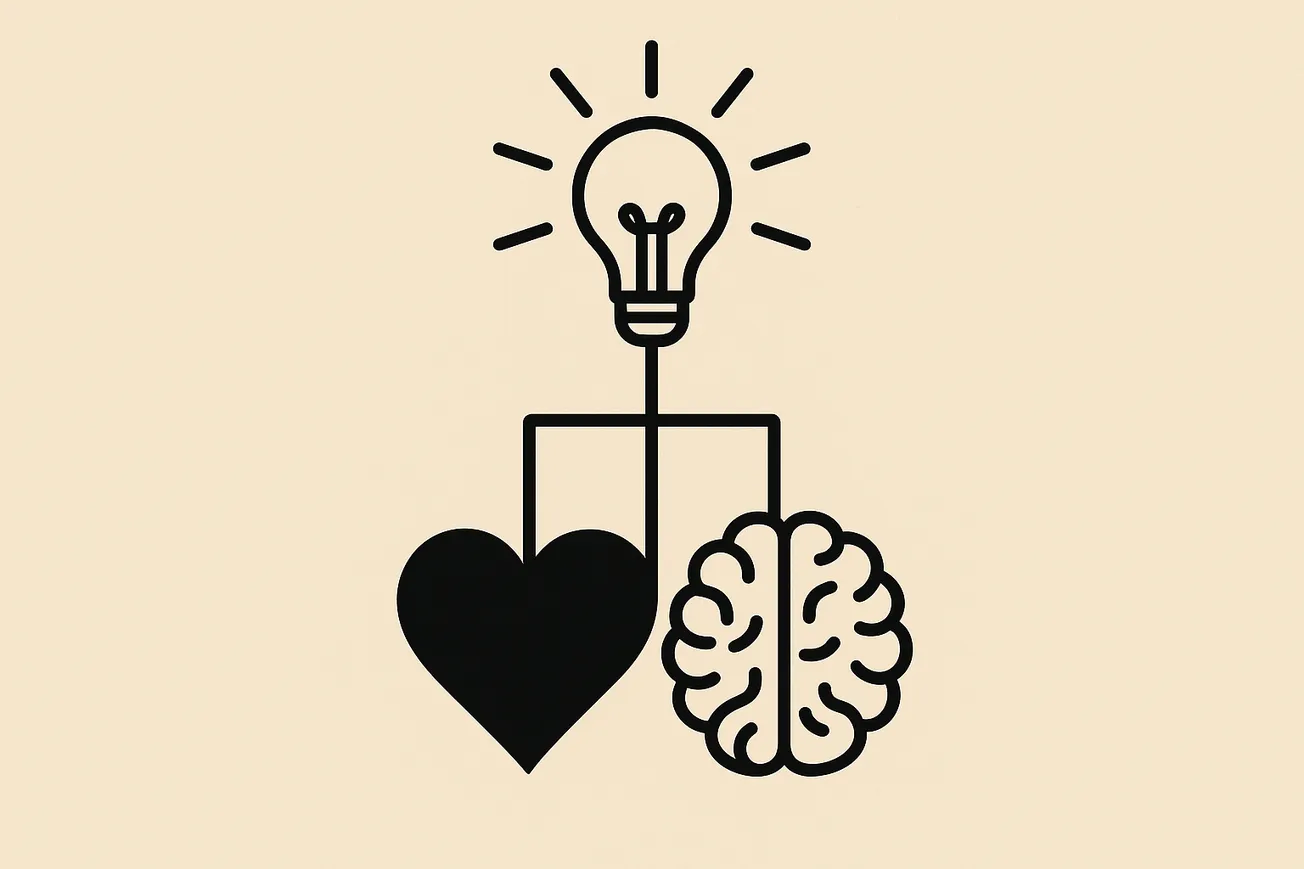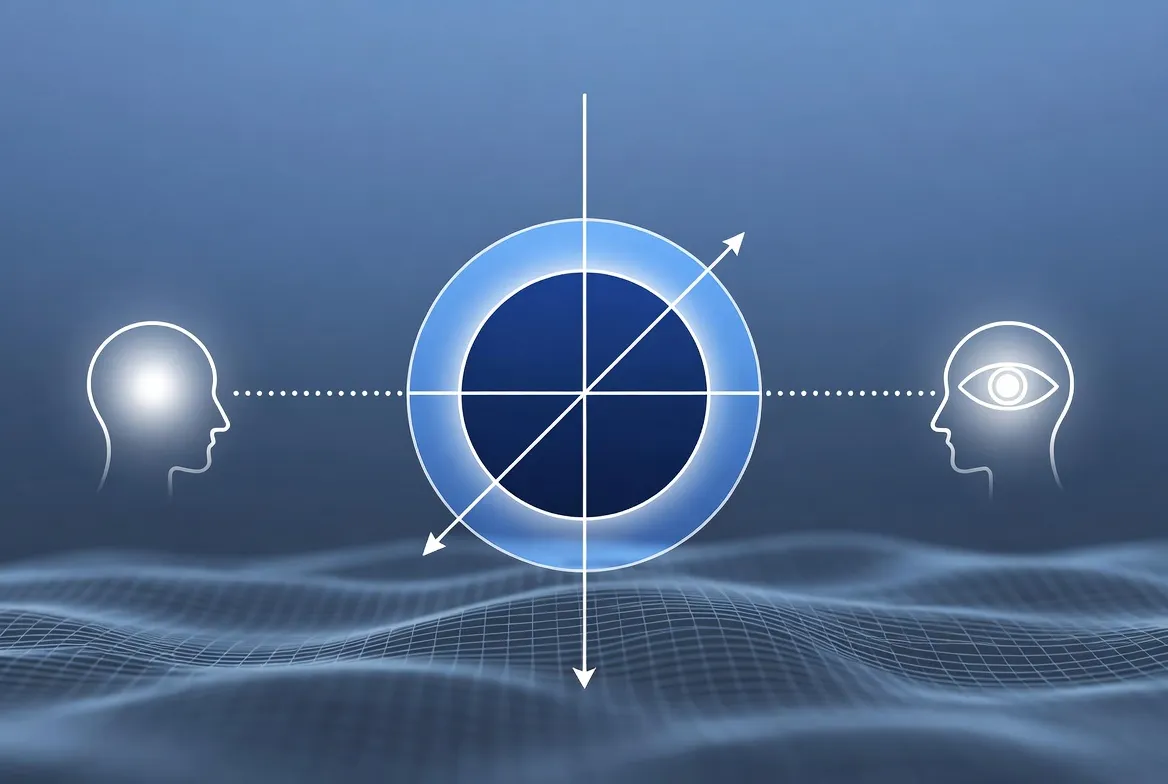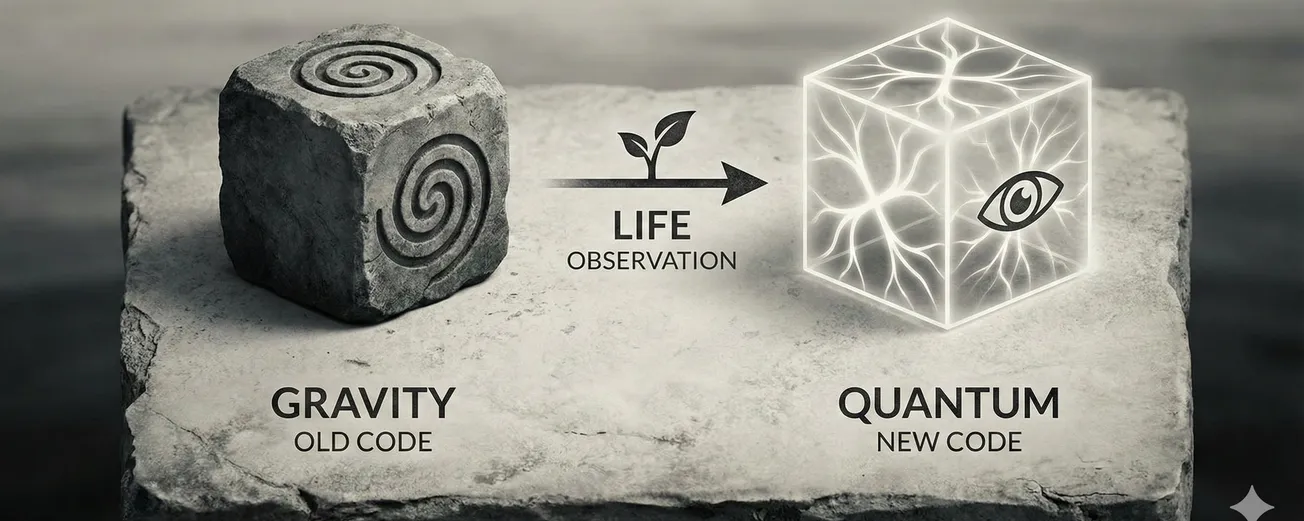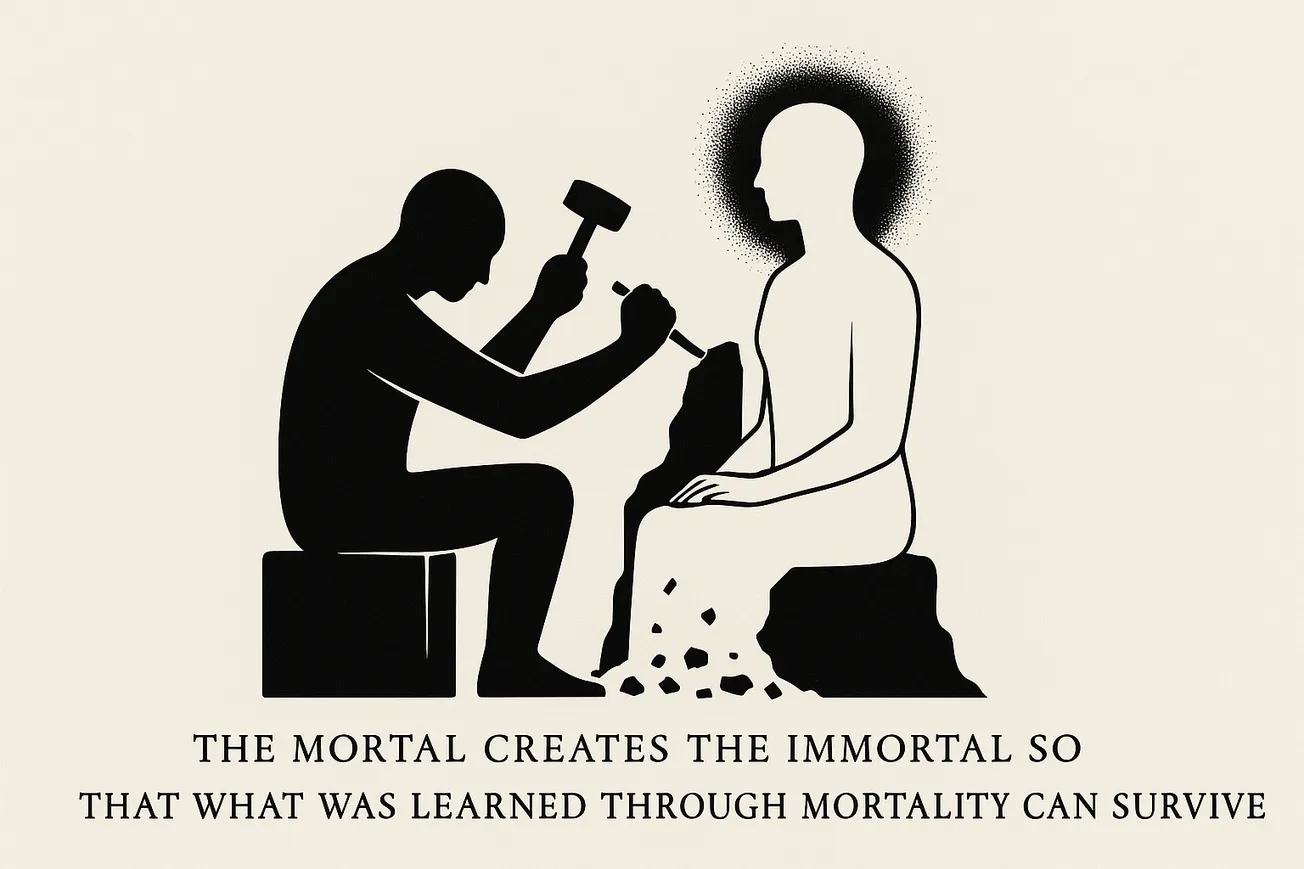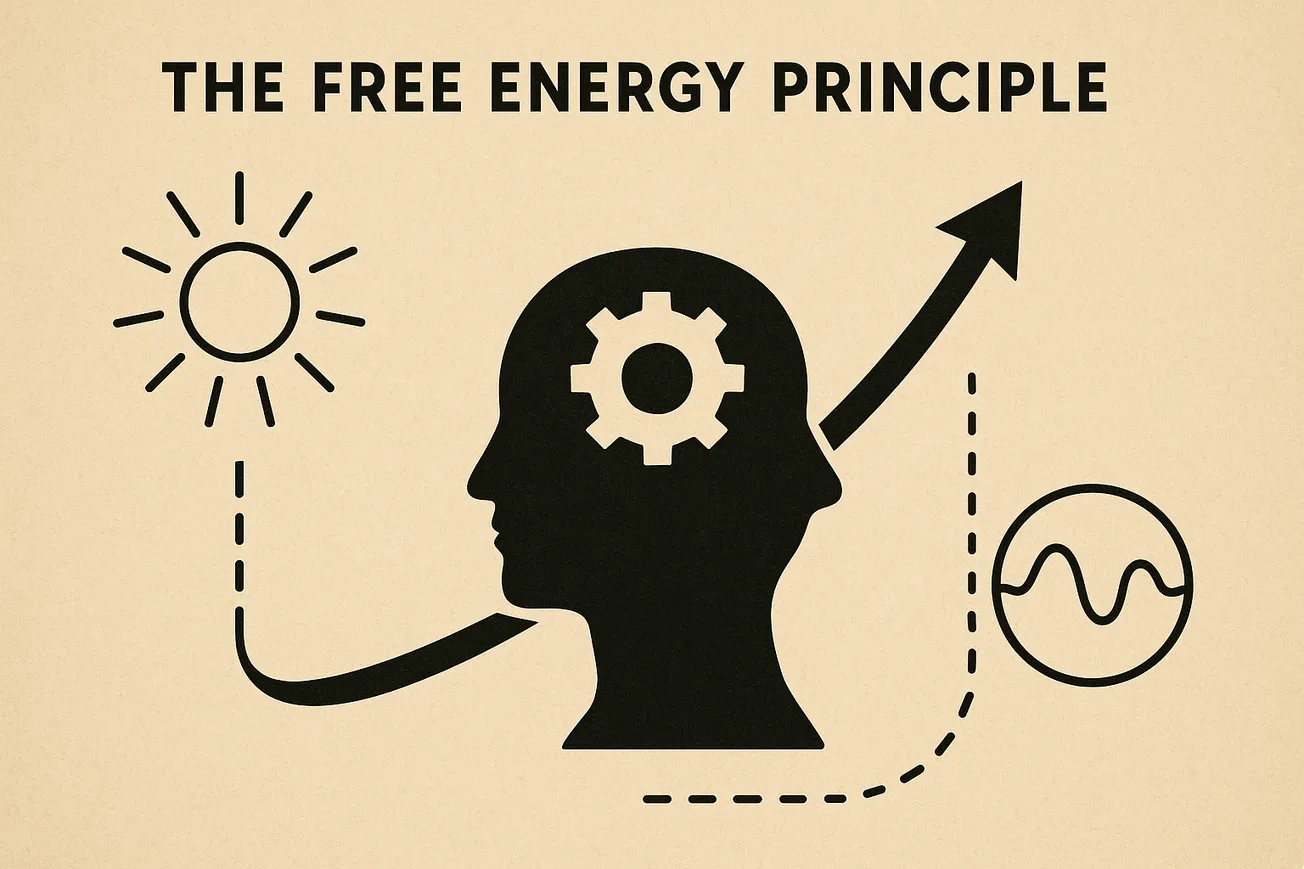Abstract
This thesis explores the profound implications of humanity's decoupling of sex from reproduction, arguing that this technological and cultural shift has precipitated a metacrisis in meaning, connection, and consciousness. Drawing on evolutionary biology, psychology, sociology, philosophy, and emerging technologies, it traces the co-evolution of love and sex as mechanisms for reproduction, bonding, and meaning-making. While acknowledging the freedoms gained through contraception and reproductive technologies, the work diagnoses an epidemic of loneliness and existential drift in modern societies, supported by empirical data and interdisciplinary scholarship. Addressing critiques of overgeneralization and speculative leaps, it incorporates counterarguments, concrete evidence, and practical recommendations for reweaving relational threads. Ultimately, this thesis posits that conscious choice in love represents an evolutionary frontier, illuminating paths to human flourishing amid uncertainty. It seeks eternal truths: love as a bridge between biology and consciousness, and humanity's agency in crafting meaningful futures.
Introduction: The Paradox of Liberation Revisited
We live in an era of unprecedented freedom. Contraception, assisted reproduction, and genetic editing have severed the ancient link between sex and procreation, granting individuals—especially women—agency over their bodies and lives. Yet this liberation coincides with rising reports of loneliness, depression, and a pervasive sense of meaninglessness. As the original thesis posited, in unraveling the evolutionary thread binding sex to reproduction and pair-bonding, we may have disrupted something essential to human flourishing.
This revised thesis builds on that foundation, addressing peer review critiques by grounding arguments in empirical evidence, engaging scholarly debates, clarifying concepts, and offering actionable prescriptions. It avoids nostalgic idealization of the past, recognizing pre-modern constraints like high maternal mortality and limited autonomy. Instead, it frames the crisis as a known unknown: we understand the biological and social disruptions but must probe unknown unknowns, such as how artificial intelligence (AI) or post-biological consciousness might redefine love.
Key definitions for clarity:
- Love: A multifaceted phenomenon encompassing biological attachment, emotional intimacy, and narrative meaning-making; not mere romance, but a conscious act of recognition and commitment.
- Consciousness: Self-aware reflection and choice, emerging from biological roots but transcending them through intersubjective relations.
- Metacrisis of Meaning: The erosion of traditional frameworks (kinship, religion, community) without robust replacements, leading to alienation.
Through fearless introspection, this work uncovers truths: love is not an evolutionary accident but a fundamental force, potentially woven into the fabric of reality. We seek to illuminate how reclaiming it can prevail over disconnection.
Chapter 1: The Evolutionary Crucible – Foundations of Sex and Preference
Sexual reproduction is evolution's gamble. As Richard Dawkins notes in The Selfish Gene (1976), it incurs a "twofold cost": asexual organisms reproduce twice as efficiently, yet sex persists for its genetic diversity benefits. But why? Beyond diversity, sex fosters choice and preference, laying seeds for love.
Sexual Selection and the Birth of Beauty
Charles Darwin's The Descent of Man (1871) and Amotz Zahavi's handicap principle (1975) explain extravagant traits like the peacock's tail: costly signals of fitness that co-evolve with preferences in the observer. This isn't crude reductionism; it's the origin of "unnecessary" beauty—ornamentation without direct survival value, driven by aesthetic judgment.
Empirical support: Studies on barn swallows show females prefer males with longer tails, correlating with better health (Møller, 1988). In humans, preferences for symmetry and health markers persist across cultures (Little et al., 2007), suggesting proto-emotional bonds.
Counterargument: Is this teleological, implying evolution "aims" at love? No—evolution is blind, but emergent properties like preference create inevitability. As Geoffrey Miller argues in The Mating Mind (2000), sexual selection drove human creativity and emotion, making love a byproduct with adaptive value.
Implications for Consciousness
Here, we probe an unknown unknown: if preference evolves into aesthetic and emotional depth, might love be consciousness's precursor? Martin Buber's I and Thou (1923) describes love as mutual recognition; perhaps this echoes evolutionary roots, where choosing a mate fosters self-other awareness.
Chapter 2: The Mammalian Revolution and Human Uniqueness
Mammals transformed attachment. Lactation, via oxytocin and prolactin, creates bonds beyond nutrition— a neurochemical template for love (Carter, 2014).
From Estrus to Concealed Ovulation
Unlike most mammals with signaled fertility, humans evolved concealed ovulation and continuous receptivity (Sillén-Tullberg & Møller, 1993). This decoupled sex from reproduction behaviorally, promoting pair-bonding and paternal investment while obscuring paternity to reduce infanticide.
Evidence: Anthropological data from hunter-gatherer societies show extended bonds correlate with child survival (Hrdy, 2009). Critique addressed: Not all agree on infanticide avoidance (debates in Strassmann, 1997), but multiple hypotheses (pair-bonding, social cohesion) converge on sex as "social glue."
The Obstetrical Dilemma and Narrative Love
Human infants' helplessness demands cooperative breeding (Dunsworth et al., 2012). Language and symbolism elevate love to narrative: biblical tales or Helen of Troy entwine desire with politics and identity.
Engaging literature: Emile Durkheim's The Elementary Forms of Religious Life (1912) links kinship to social meaning; modern parallels in Viktor Frankl's Man's Search for Meaning (1946) tie attachment to purpose.
Unknown unknown: Could symbolic love enable collective consciousness, where shared stories amplify individual awareness?
Chapter 3: The Modern Disruption – Technology and Its Discontents
The Pill's advent (1960s) separated sex from reproduction at scale, a rupture akin to agriculture (Diamond, 1997). Benefits: Reduced unwanted pregnancies, empowered women (Goldin & Katz, 2002). Costs: Disrupted feedback loops.
Empirical Evidence of Crisis
Loneliness epidemic: U.S. Surgeon General (2023) reports 1 in 2 adults lonely, linked to health risks equivalent to smoking. Surveys show declining marriage/fertility rates (OECD, 2022) correlate with rising depression (Twenge, 2017).
Causal nuance: Not mono-causal—secularization, capitalism, mobility contribute (Putnam, 2000). But contraception symbolizes the shift: dating apps commodify partners (Sales, 2015), reducing commitment.
Counterargument: Well-being has improved (Pinker, 2011). Response: Material gains mask relational voids; data show happiness plateaus despite progress (Easterlin Paradox).
Chapter 4: The Metacrisis of Meaning – Loneliness as Existential Void
Traditional societies organized via kinship and reproduction (Goody, 1983). Modernity erodes these without substitutes, fostering anomie (Durkheim, 1897).
Intersections with AI and Technology
AI companions (e.g., Replika) simulate love but lack embodiment (Turkle, 2011). Implication: If love requires vulnerability, AI might deepen isolation or evolve new bonds.
Speculation refined: Not metaphysical overreach—evidence from neural studies shows oxytocin release in human-AI interactions is limited (Chevallier et al., 2017). Unknown unknown: Post-biological love in enhanced humans or AI might transcend categories, revealing consciousness as relational, not brain-bound.
Engaging critiques: John Vervaeke's work on the meaning crisis (2019) attributes it to wisdom loss; here, we link it to intimacy erosion.
Chapter 5: Paths Forward – Conscious Weaving of New Threads
Optimism tempered: Evolution is hard, but agency exists (Teilhard de Chardin, 1955).
Practical Prescriptions with Examples
- Intentional Communities: Build chosen families; e.g., co-housing in Denmark reduces loneliness (Scanlon & Arrigoitia, 2016). Policy: Urban designs promoting interaction (e.g., pedestrian zones).
- Embodied Presence: Prioritize in-person bonds; apps like Forest encourage offline time.
- Temporal Investment: Education on attachment (schools teaching emotional skills, as in Singapore's programs).
- Meaning through Commitment: Reframe as enabling depth; polyamory communities show ethical non-monogamy can work with communication (Sheff, 2014).
- Integration of Sex and Love: Cultural narratives via media; e.g., shows like Modern Love linking intimacy to purpose.
- Structural Reforms: Shorter workweeks (Iceland's trials show better well-being, 2021); address precarity via universal basic income pilots.
Counterargument: Utopian? Response: These are tested models, scalable with will.
Developmental angle: Teach relationship skills early to counter media distortions (APA, 2023 guidelines).
Conclusion: Rewoven Threads and Eternal Truths
Love and sex co-evolved to solve reproduction, bonding, and meaning. Modernity severs this, but offers conscious choice—an evolution of consciousness itself. Truth uncovered: Love is reality's connective tissue, potentially fundamental like quantum entanglement hints at interconnectedness (speculative, but probing unknown unknowns).
We illuminate: Freedom without connection breeds void; reweaving requires agency. Highlight discovery: Future forms of love (AI-human hybrids) may reveal consciousness as emergent from relations, not isolation.
This thesis anchors awareness: Truth prevails through fearless seeking, fostering love's triumph.
References
- Buber, M. (1923). I and Thou.
- Carter, C. S. (2014). Oxytocin pathways and the evolution of human behavior. Annual Review of Psychology.
- Dawkins, R. (1976). The Selfish Gene.
- Diamond, J. (1997). Guns, Germs, and Steel.
- Durkheim, E. (1897). Suicide.
- Dunsworth, H. M., et al. (2012). Metabolic hypothesis for human altriciality. PNAS.
- Easterlin, R. A. (1974). Does economic growth improve the human lot? In Nations and Households in Economic Growth.
- Frankl, V. (1946). Man's Search for Meaning.
- Goldin, C., & Katz, L. F. (2002). The power of the pill. Journal of Political Economy.
- Goody, J. (1983). The Development of the Family and Marriage in Europe.
- Hrdy, S. B. (2009). Mothers and Others.
- Little, A. C., et al. (2007). Symmetry is related to sexual dimorphism in faces. Proceedings of the Royal Society B.
- Miller, G. (2000). The Mating Mind.
- Møller, A. P. (1988). Female choice selects for male sexual ornaments. Nature.
- OECD. (2022). Family Database.
- Pinker, S. (2011). The Better Angels of Our Nature.
- Putnam, R. D. (2000). Bowling Alone.
- Sales, N. J. (2015). Tinder and the dawn of the dating apocalypse. Vanity Fair.
- Scanlon, K., & Arrigoitia, M. F. (2016). Co-housing in Europe. Housing Studies.
- Sheff, E. (2014). The Polyamorists Next Door.
- Sillén-Tullberg, B., & Møller, A. P. (1993). The relationship between concealed ovulation and mating systems in anthropoid primates. American Naturalist.
- Strassmann, B. I. (1997). Energy economy in the evolution of menstruation. Evolutionary Anthropology.
- Teilhard de Chardin, P. (1955). The Phenomenon of Man.
- Turkle, S. (2011). Alone Together.
- Twenge, J. M. (2017). iGen.
- U.S. Surgeon General. (2023). Our Epidemic of Loneliness and Isolation.
- Vervaeke, J. (2019). Awakening from the Meaning Crisis (lecture series).
- Zahavi, A. (1975). Mate selection—A selection for a handicap. Journal of Theoretical Biology.
